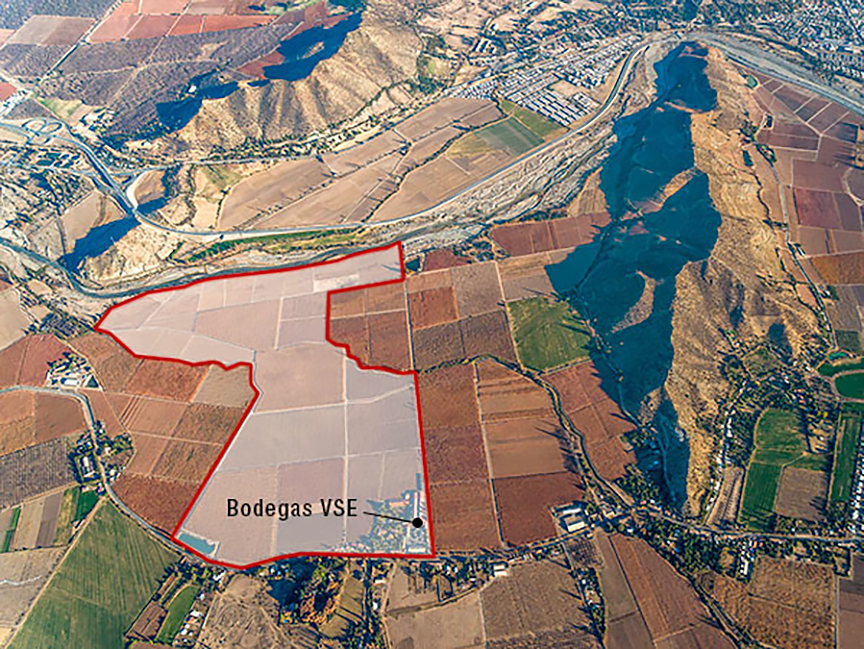Deep ruby color; plum, blackcurrant, raspberry, licorice, bell pepper, chocolate, smoke, oak, spice on the nose and palate.
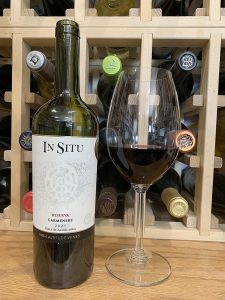
Dry; drying, dusty tannins, but they do not dominate; some balancing acidity (3.67 pH). Herbaceous notes—bell pepper is classic carménère tasting note. Blend of 95% carménère, 5% cabernet sauvignon. Medium body. Grapes manually harvested and fermented in temperature-controlled stainless steel vats. Wine macerates 18 days, then ages 12 months in French (50%) and American (50%) oak small barrels. After bottling, wine ages for at least three months. 13% ABV
Winery uses carmenère grapes grown on slopes of the Paidahuen Hill (3,000 feet above sea level) on the banks of the Aconcagua River. Aromas of ripe red fruit, well-structured tannins typical of hillside vines, together with soft and elegant tannins from vineyards grown on river beds, deliver a wine of some complexity with aromatic nuances.
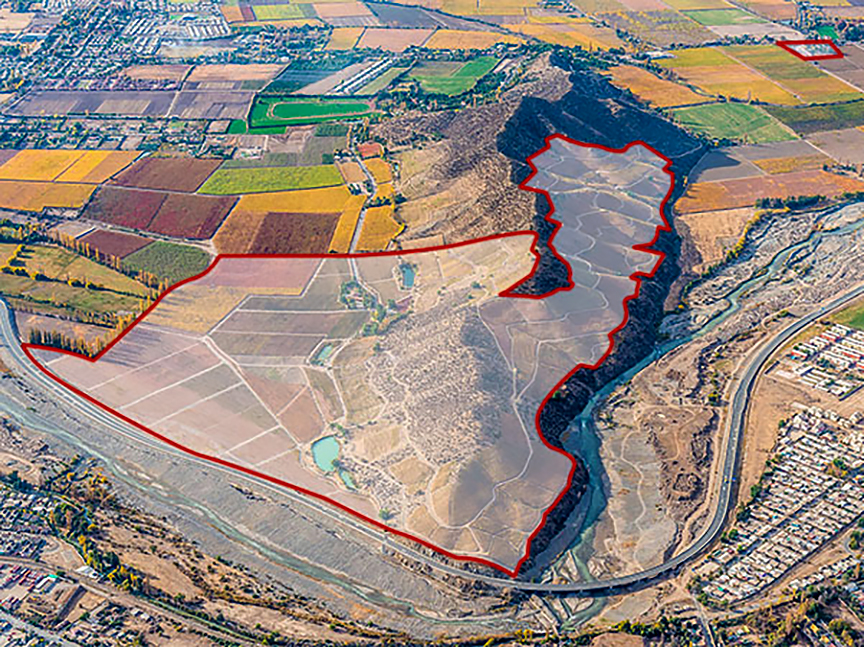
José Vicente founded In Situ Family Vineyards in 1974. After growing wine grapes for two decades, José and his son, Horacio, decided to replant their vineyards and build a modern winery to create a vine-to-bottle operation. Horacio had studied oenology at the University of Bordeaux and worked at Château Mouton Rothschild and Mouton Cadet in France and at one of the first boutique vineyards in California, Chalone Vineyards. Today, Horacio lives with his family in the Aconcagua Valley and is the executive director and winemaker at In Situ.
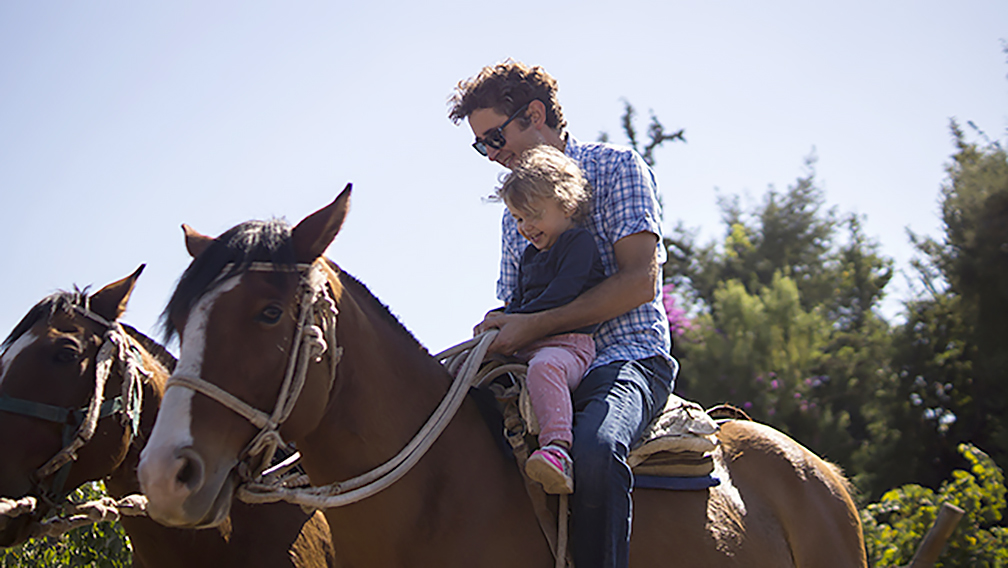
In Situ Family Vineyards is a brand of Viña San Esteban. Viña San Esteban has almost a half century of experience in the Aconcagua Valley—the work of José. The brand focuses on the premium segment and global sales. On the website, Horacio notes: “We want to emphasize the pillars that define our company: we are a family business that produces high quality wines, working carefully from sustainable production in our vineyards in the Aconcagua Valley, to the experience of the final consumer when they uncork a bottle of In Situ.”
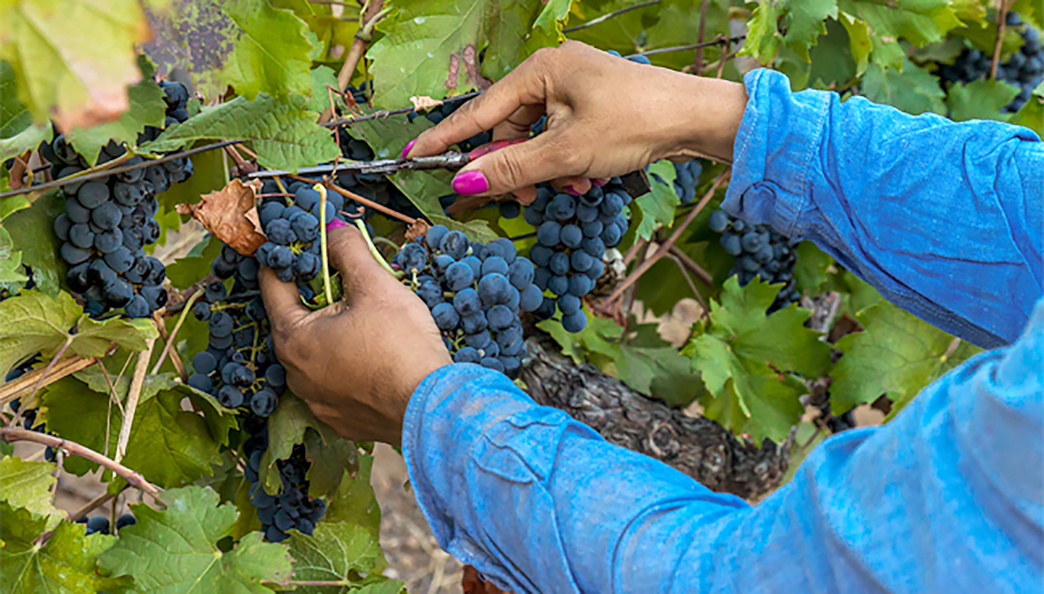
In Situ takes pride in sustainability. The website notes, in part, that In Situ Family Vineyards is committed to its workers, clients, the community and the environment. That includes sustainable agriculture, guaranteeing a healthy and safe work environment, and minimizing the operation’s environmental footprint.
Carménère is a member of the cabernet family of grapes. The name comes from the French word for crimson—“carmin”—a reference to the vine’s crimson color in autumn prior to leaf fall. It is one of the six original red grapes of Bordeaux. Now rare in France, carménère found its métier in Chile, where most of the carménère grapes in the world now grow. It is particularly suited to blending with cabernet sauvignon, as this effort demonstrates.
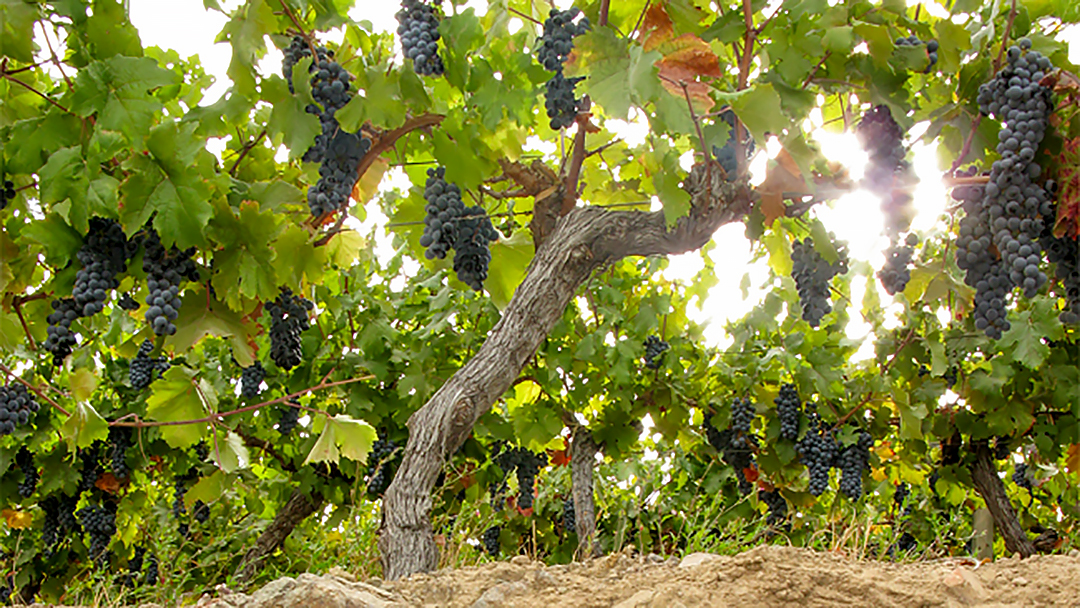
In Situ Reserva Carménère, Valle de Aconcagua 2021 is a quality offering of Chile’s signature grape in classic pairing with cabernet sauvignon (5% of the blend). Good complexity and aromatics. Two-generation effort to transition from grape grower to complete vineyard-winery operation is going nicely. Pair with lamb with mustard and honey; roast ham with honey; beef dishes—grilled, barbecue, sautéed/braised; spicy dishes; pork; veal. Cheese—hard, aged cheeses; goat cheese; mozzarella, pepper jack, farmer’s cheese, cotija, feta, parmesan. $21
